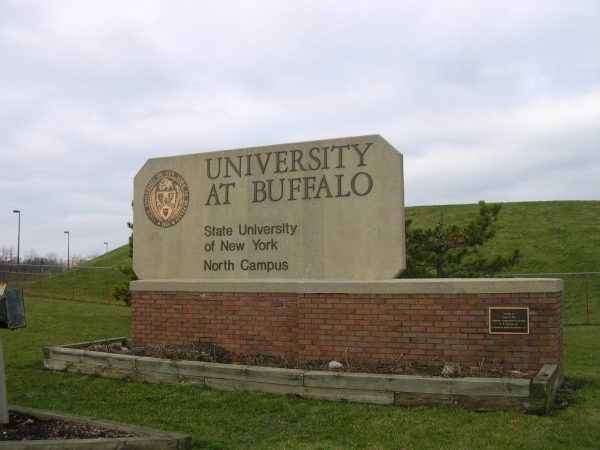http://www.buffalo.edu
Description
Established in 1846, the University at Buffalo is a research-intensive institution located in upstate New York, close to the Canadian border.
By enrolment numbers, it is the largest institution in the 64-campus State University of New York (SUNY) system, with around 20,000 undergraduates and 10,000 graduate and professional students. The undergraduate student to undergraduate faculty ratio is 13:1.
The university is a multi-campus institution. The larger North Campus, located in the town of Amherst, is home to most of the university’s undergraduate programmes. Its South Campus, in a residential district of Buffalo, dates back to the 1920s and comprises classic architecture and ivy-covered buildings. The Downtown Campus is the newest of the three, where most of the university’s medical research centres can be found.
Buffalo offers more than 100 undergraduate degree programmes in all, as well as over 200 master’s degrees, 84 doctoral degrees and 10 professional degrees.
It is organised around 13 separate schools and colleges: Architecture and Planning, Arts and Sciences, Dental Medicine, Engineering and Applied Sciences, Medicine and Biomedical Sciences, Nursing, Pharmacy and Pharmaceutical Sciences, Public Health and Health Professions, Social Work, the Roswell Park Cancer Institute Graduate Division, a Graduate School of Education, a Law School, and School of Management,
Among Buffalo’s alumni are two NASA astronauts, one of America's top geneticists, a Nobel Prize-winning chemist, a Tony Award-nominated stage and screen actor, a legendary jazz musician, and CEOs of several major companies.
Buffalo’s faculty have been recognized by awards as the Nobel Prize, the Pulitzer Prize, the National Book Award, the National Medal of Science and the National Medal of Technology, among others.
The university's athletes are nicknamed 'Bulls' and their mascot, Victor E Bull, attends football matches dressed in the blue and white team colours.
Specific details
Location
12 Capen Hall Buffalo, New York 14260-1660, Buffalo, New York, 14260, United States








